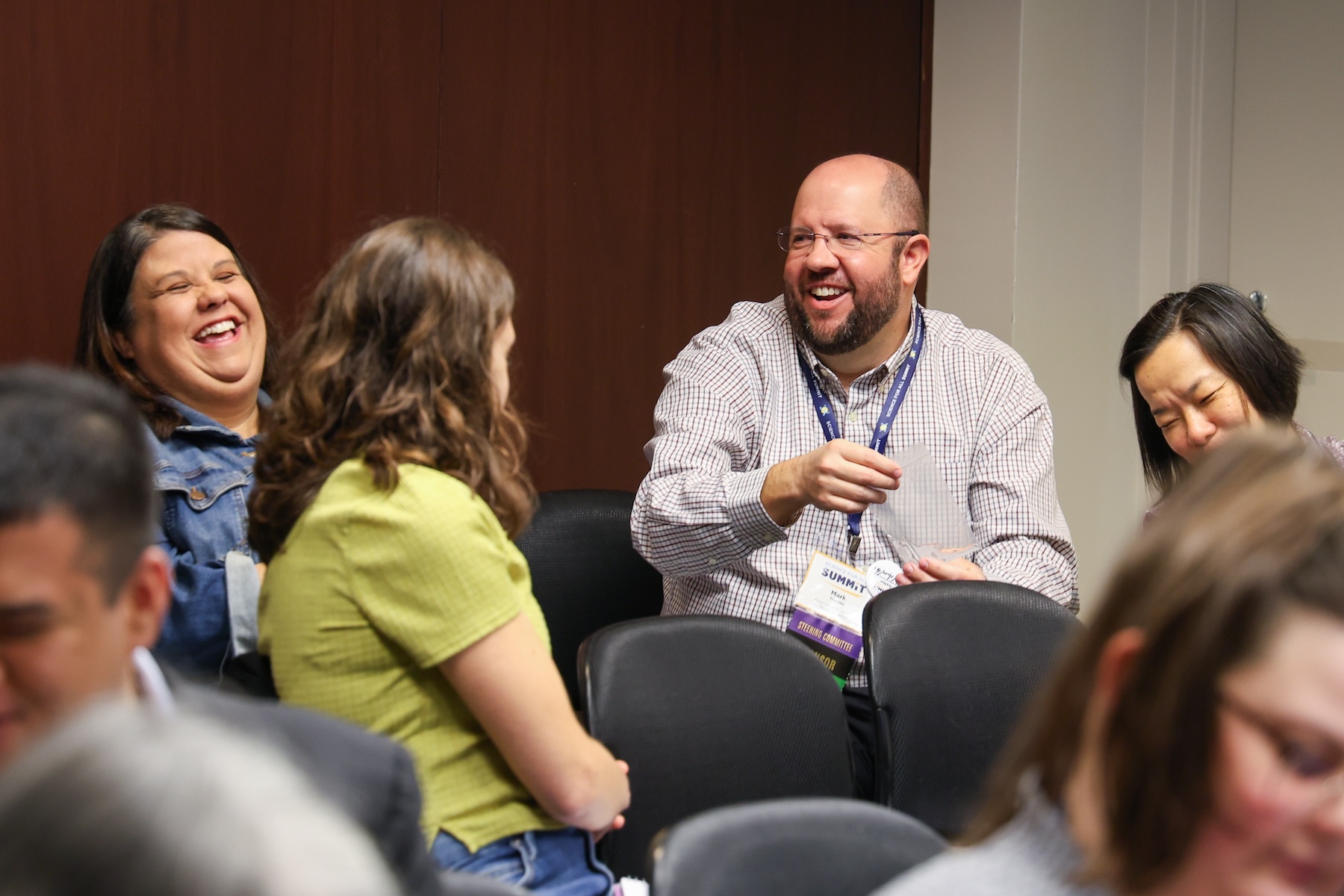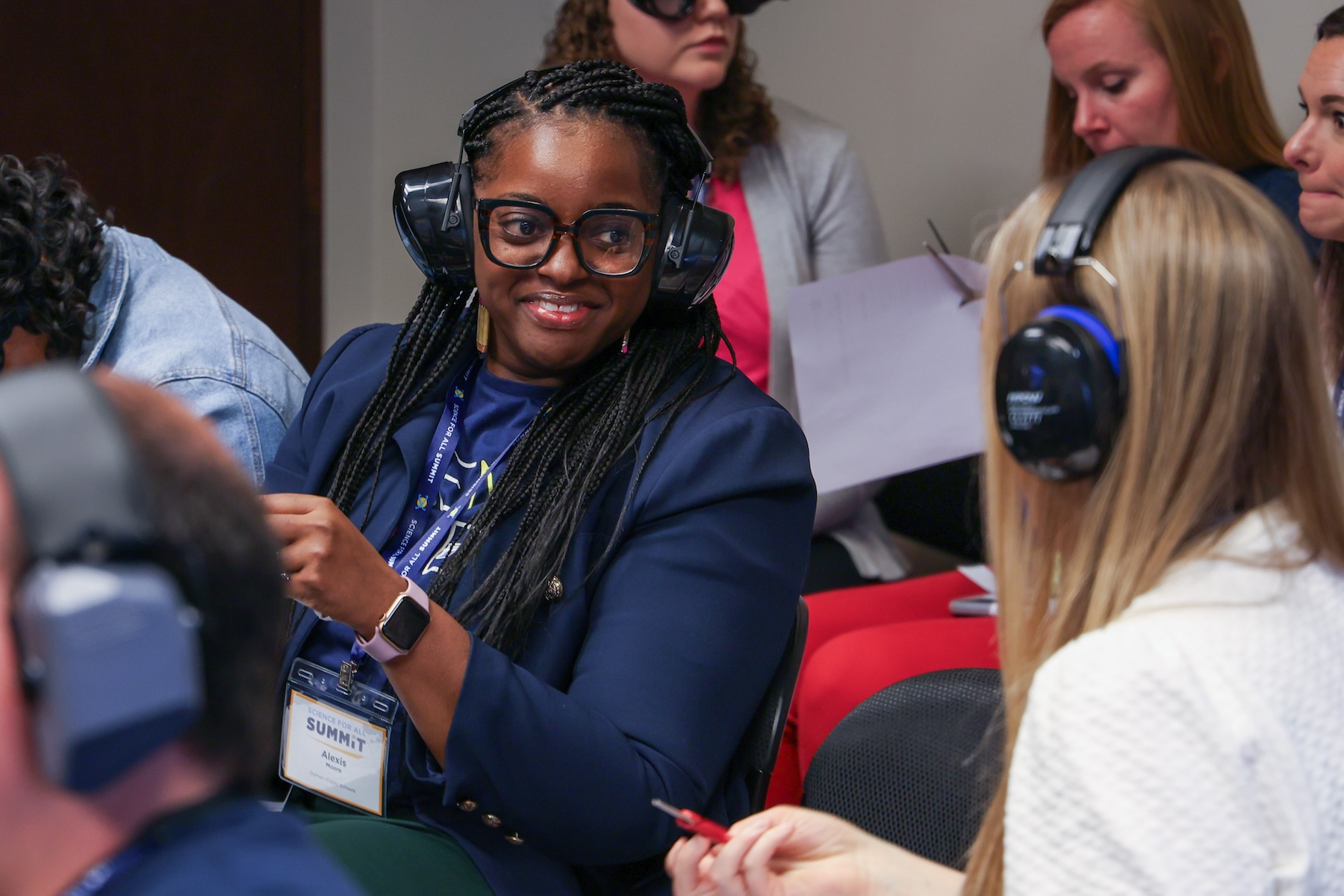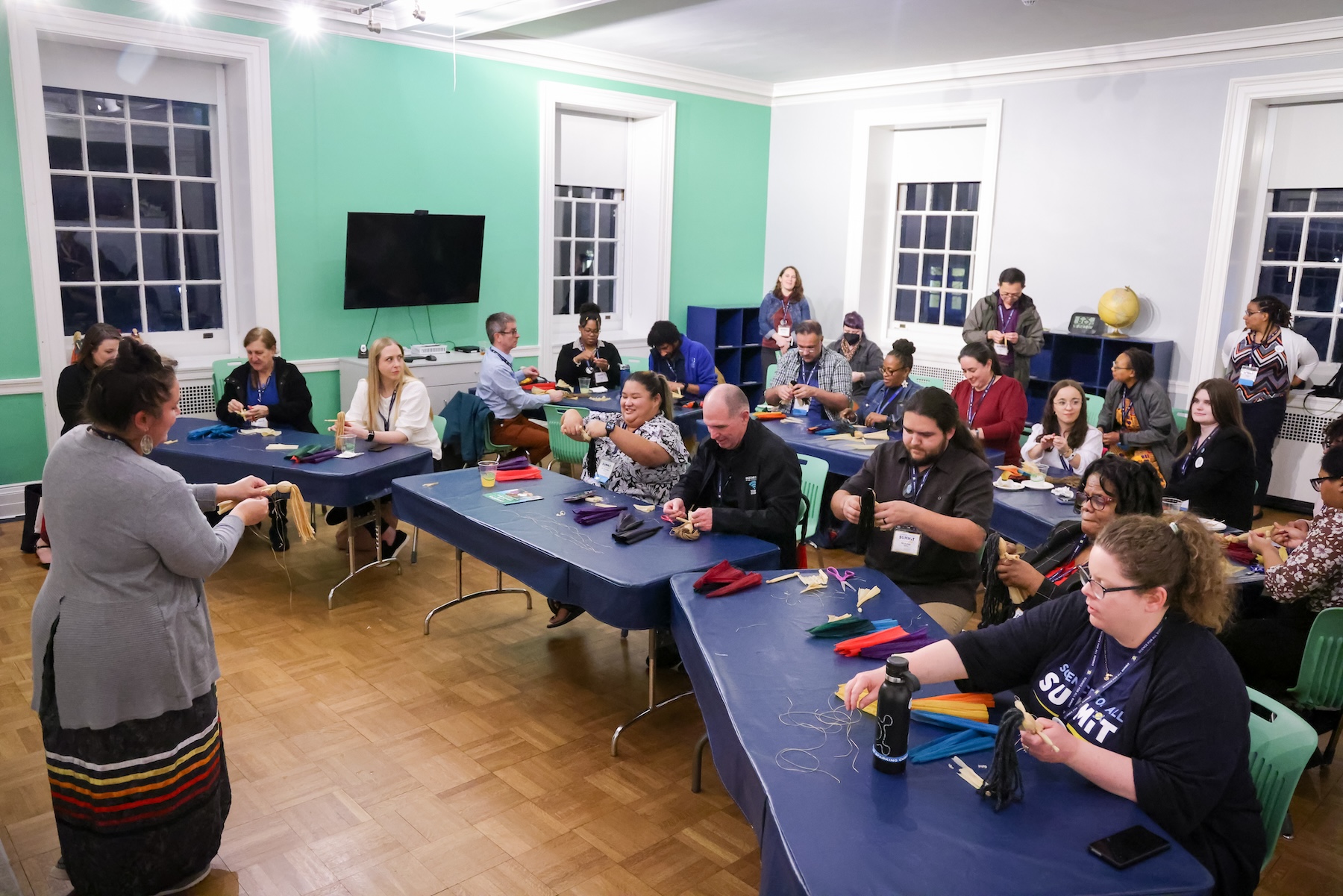The Importance of Community Building for STEM Practitioners
By CRYSTAL HARDEN
CHAPEL HILL, NC (November 20, 2024) — In the rapidly evolving fields of Science, Technology, Engineering, and Mathematics (STEM), the importance of community often goes unrecognized. Yet, for practitioners—whether they are researchers, educators, or industry professionals—community building is not just beneficial, it is essential. A strong, supportive community provides a foundation for collaboration, innovation, and growth.
Why does community building matter in STEM? Here are some examples:
Fosters Collaboration and Innovation: STEM is inherently collaborative. Many of the most groundbreaking discoveries and innovations are the result of people from diverse disciplines coming together to share ideas and perspectives. Building a community fosters a culture of collaboration where knowledge, resources, and expertise are shared freely. This exchange of ideas can spark new ways of thinking, leading to innovative solutions to complex problems.

Creates a Supportive Environment: The journey through STEM can be challenging and, at times, isolating especially for those who have been historically excluded. Practitioners often face intense workloads, high expectations, and the pressure to constantly stay updated with the latest developments. A strong community provides a support network that can offer guidance, encouragement, and reassurance during difficult times. Knowing that others have faced and overcome similar challenges can make a huge difference in staying motivated and building resilience.
Encourages Lifelong Learning: In STEM, learning never stops. As new technologies emerge and scientific understanding evolves, practitioners must continuously adapt and grow. A community of peers, mentors, and experts creates opportunities for lifelong learning. Through workshops, seminars, study groups, and casual discussions, community members can learn from one another, share best practices, and stay current with the latest advancements in their fields.
Provides Access to Resources and Opportunities: Being part of a community often means having access to resources that might not be available otherwise. This could include access to cutting-edge research, specialized equipment, funding and programming opportunities, or job openings. Community members can also provide recommendations, write letters of support, or collaborate on grant proposals, which can be invaluable to one’s career development.
Enhances Diversity and Inclusion: A thriving STEM community is a diverse one. Bringing together people from various backgrounds, experiences, and perspectives enriches the community, making it more vibrant and inclusive. Diverse communities are better at problem-solving and innovation because they draw on a wide range of viewpoints and ideas. By actively building and nurturing a diverse community, STEM practitioners can break down barriers, challenge biases, and create a more equitable environment for all. Morehead’s work in Gates County with the Saunders Science Scholars Program is one of these examples in exemplary community-building.
Here is a glimpse at the impact of a strong STEM community that practitioners can build:

Increased Professional Growth: Belonging to a community can significantly accelerate professional growth. It opens new opportunities for mentorship, networking, and collaboration, which are essential for career advancement. A strong community also helps practitioners build their professional reputation, gain recognition for their work, and find potential collaborators or employers.
Improved Mental Health and Well-being: The mental health of STEM practitioners is an often overlooked but critical factor in their overall success. The pressures of the field, including long hours, imposter syndrome, intense competition, and the constant need to prove oneself, can lead to burnout, stress, and anxiety. A supportive community provides a sense of belonging and camaraderie that can alleviate these feelings. Having a network of peers who understand these challenges can create a more positive and nurturing environment, improving overall well-being.
Greater Impact on Society: A well-connected STEM community has a greater potential to positively impact society. When practitioners work together, they can more effectively tackle complex global challenges, from climate change to pandemics to cybersecurity threats. Communities can also play a role in advocating for science-based policies, promoting public understanding of STEM, and inspiring future generations to pursue careers in these fields.
Building a Culture of Mentorship: Community building naturally fosters a culture of mentorship where experienced practitioners guide and support those who are newer to the field. This culture is crucial for nurturing talent, retaining professionals, and ensuring that knowledge is passed on to future generations. Mentorship within a community helps break down hierarchies and promotes a sense of shared purpose and mutual support.
How do we build and strengthen STEM communities? Here are some examples:
Create Inclusive Spaces: An inclusive community is one where everyone feels valued, respected, and heard. To build such spaces, it’s important to actively invite and welcome diverse voices. This might involve creating affinity groups, organizing inclusive events, and ensuring that everyone has equal access to opportunities and resources.
Encourage Collaboration and Communication: Open communication – especially listening – is the cornerstone of any strong community. Encourage collaboration by organizing networking events, collaborative projects, or cross-disciplinary seminars. Online platforms, such as forums and social media groups, can also play a crucial role in maintaining communication among community members, especially in geographically dispersed areas.

Support Community-Led Initiatives: Allow community members to take the lead in organizing events, workshops, or initiatives that matter to them. This fosters a sense of ownership and engagement. Supporting community-led initiatives also helps identify emerging leaders and provides them with the experience needed to drive the community forward.
Recognize and Celebrate Achievements: Celebrating the achievements of community members—whether they are academic, professional, or personal—reinforces a sense of belonging and pride. Recognition can come in many forms, from awards and shout-outs at events to profiles in community newsletters. This acknowledgment can motivate individuals and strengthen the overall morale of the community.
Leverage Technology: In today’s digital age, technology offers numerous tools to help build and sustain communities. Decreasing the digital divide in many rural and lower income communities is a critical component in leveraging technology. Virtual meetings, webinars, social media platforms, and online collaboration tools enable STEM practitioners to connect, share ideas, and support one another regardless of location. Leveraging these tools can help bridge geographical divides and foster a more connected and resilient community.
Building a strong community is vital for STEM practitioners. A vibrant, inclusive, and supportive community fosters collaboration, drives innovation, and enhances diversity. It provides a foundation upon which STEM professionals can grow, learn, and make meaningful contributions to society. As we face an ever-changing world with unprecedented challenges, the importance of community building in STEM cannot be overstated. Together, we can create a more inclusive, innovative, and impactful future for all.
Crystal Harden, EdD, is the director of program and access initiatives at Morehead Planetarium and Science Center and an adjunct professor at the UNC School of Education.
